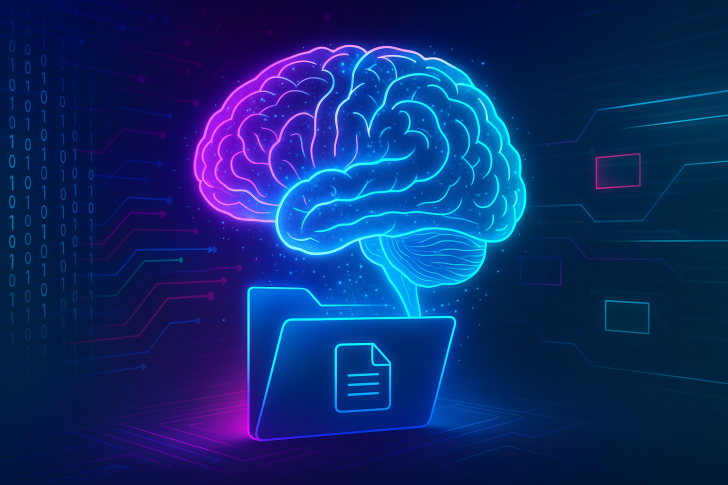⬤ xAI just rolled out a significant Grok update focused on file understanding. The new "File Brain" capability, powered by the xAI Files API, lets users upload PDFs, code files, CSVs or full documents—and have Grok search, analyze and explain them on the spot. It's positioning Grok as more than just a chatbot; it's becoming a system that grounds its answers directly in whatever documents you throw at it.
⬤ Grok can now "read, reason, and respond straight from your uploads," cutting out the tedious copy-paste routine. The Files API handles multiple files at once, blending them into coherent answers—meaning Grok can pull from different sources in a single query. Think of it as giving the AI a filing cabinet with photographic memory, always ready when you need something from your documents.
⬤ The Files API works with PDFs, code and CSVs, focusing on generating responses from the actual uploaded material. The idea is clear: Grok becomes a research assistant that never sleeps or forgets, designed for rapid retrieval, summarization and explanation based on your own files. For xAI, this kind of document-grounded response could be a game-changer for research workflows, technical reviews and document Q&A—keeping users engaged inside Grok instead of bouncing between tools.
⬤ From a market perspective, this matters because product depth drives competitive advantage in AI. If Grok's Files API makes document-based Q&A smoother and more reliable, it could boost xAI's position against other assistants stuck on generic chat. The details we have so far highlight file types, multi-file synthesis and the research-assistant angle—but no word yet on pricing, availability timelines or deeper technical specs.
 Usman Salis
Usman Salis

 Usman Salis
Usman Salis


